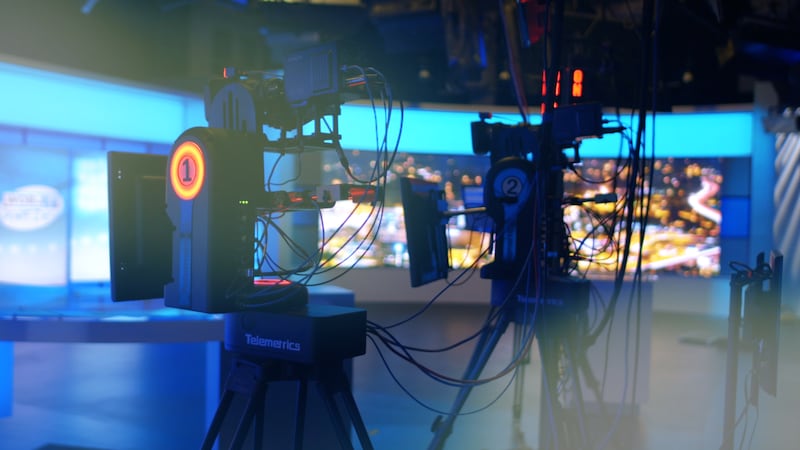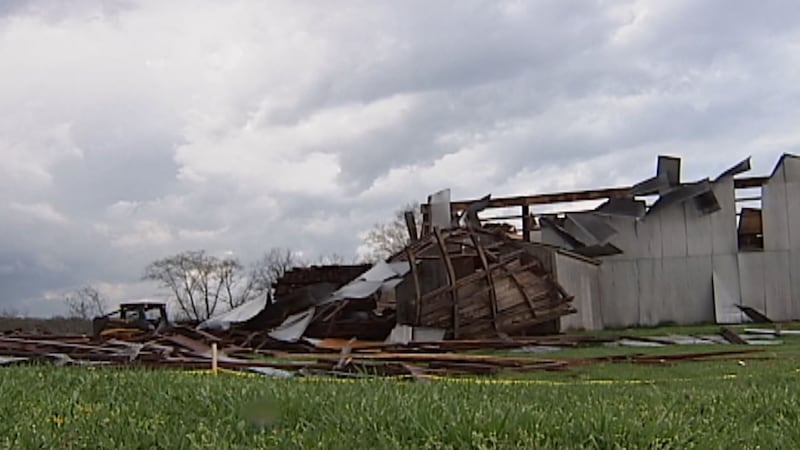Hume Center in Blacksburg acquires new telescope and dome for space science research
BLACKSBURG, Va. (WDBJ) - The Hume Center in Blacksburg is home to groundbreaking aerospace and national security research and technology. They just recently acquired a brand new telescope and dome, which will open even more doors in space science research.
Team members from the Hume Center, located in the Virginia Tech Corporate Research Center, have been hard at work installing a brand new telescope dome since fall 2020.
“The dome itself is on wheels and is able to turn and open the dome and there will be a telescope in there,” said Jonathan Black, director of aerospace and ocean systems laboratory.
It was customized for the center specifically and they have a brand new telescope to go with it.
“This is the largest telescope that we could fit in the dome and within the amount of funding that we had,” Black explained.
Between the telescope, dome and other technology subsystems, the investment was around $305,000 in state funding and grants. However, the telescope and corresponding software is for more than just stargazing.
“It’s going to primarily be doing space traffic management,” Black said.
That means students and professors will be able to help the actual U.S. Space Force keep track of the couple 100,000 objects and satellites floating around in space.
“This particular facility is looking at new types of algorithms, new types of imagers, new phenomenologies, artificial intelligence machine learning to do the overall [tracking of] everything, all the time and make sure it’s not going to run into anything else in space,” Black said.
Eric Paterson, executive director of the Hume Center, said this project aligns with the department’s desire to provide students with the best hands-on learning opportunities.
“The whole part of our mission is to get students in the lab, get them with practical experience, interacting with sponsors, meaning government agencies and companies,” he said.
Translating classroom homework into real-world applications prepares students for careers in a society that is becoming more dependent on space and satellites everyday.
“Our lives have become intertwined with this technology,” Paterson said.
Now students can work with all aspects of the technology from beginning, middle and end with this new space science instrument.
“Our version of hands-on space is that we’re giving the students access to be able to set up the controllers and do the coding, so that we can simultaneously command the dome and the telescope and the video feed, so that students have access to doing all of those hands-on space activities,” Black said.
Which will produce the next generation of space engineers, scientists and and even policy experts.
Copyright 2021 WDBJ. All rights reserved.














